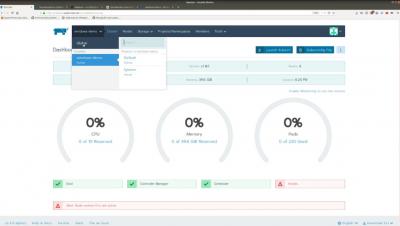8 Things You Should Know About Docker Containers
These days Docker is everywhere! Since this popular, open-source container tool first launched in 2013 it has gone on to revolutionize how we think about deploying our applications. But if you missed the boat with containerization and are left feeling confused about what exactly Docker is and how it can benefit you, then we’ve put together this post to help clear up any confusion you might have.











